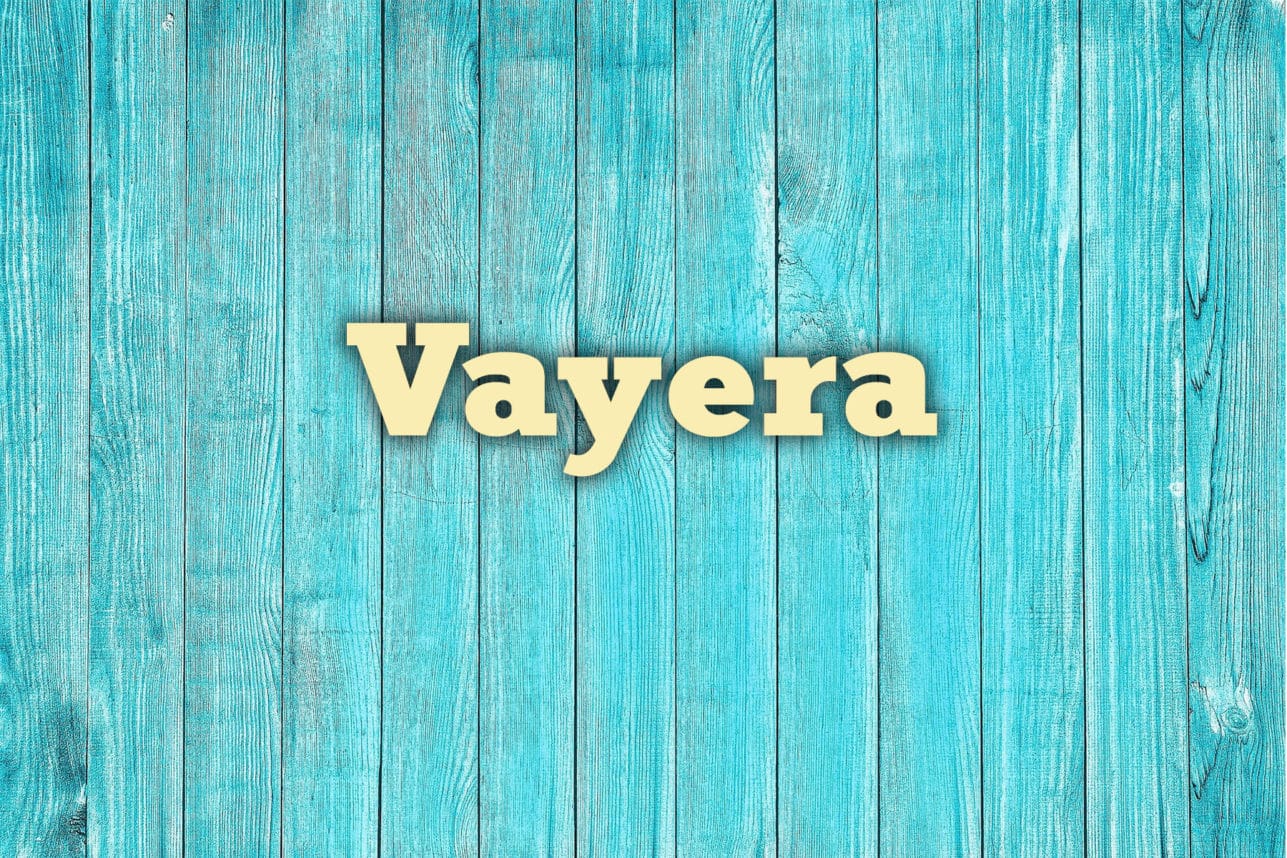Jews are a passionate people with a storied history of debate, challenging the spoken and written word and holding an opinion on almost every topic imaginable. Debate is part of our bloodline, encouraged at dining room tables, day schools and yeshivas across the country. What other religious or ethnic group is known for answering a question with a question?
Given this fondness for argument, the challenge facing Jewish leaders gathered to rewrite a siddur (prayer book) would seem daunting. But collaborators who took part in a project to update Mount Sinai Memorial Parks and Mortuaries’ Shiva Minyan Book say three years of debate has created a prayer book that is both modern and inclusive of varying levels of religious observance.
Mount Sinai will introduce the new Shiva Minyan Book — the first major update of its siddur in nearly 40 years — during the Kever Avot Community Memorial Service at its Hollywood Hills and Simi Valley locations on Sunday, Sept. 27. The first printing will include 30,000 copies, which will be made available at no cost to rabbis, synagogues and the public at large.
Organizers say the project was born out of a request from the community for a more universal guide, to be used by Mount Sinai as well as religious institutions throughout Los Angeles. “Rabbis said the siddur was not comprehensive enough for traditional families and not user-friendly enough for secular ones,” said Leonard Lawrence, Mount Sinai’s general manager.
The last major update of the siddur, which Mount Sinai provides to families after a funeral along with kippot and other items necessary for a shiva, took place in the late 1960s, with slight revisions made 15 years ago and changes to the cover art made five years ago. More than 25 collaborators, including rabbis, scholars, religious leaders and Mount Sinai staff, took part in the three-year siddur project, providing research, edits, insertions, deletions, and, of course, debate.
Reflecting the collaborative approach to the revision process, the new minyan book begins with a quote by Rabbi Adin Steinsaltz from “A Guide to Jewish Prayer” (Schocken, 2002): “The siddur is not a finished work produced by the efforts of a particular author, but rather a kind of treasury in which the people of Israel, generation after generation, have deposited things of exquisite beauty. Each generation chooses its own pearls of wisdom and emotion, stringing them together to form verses of prayer.”
Determining what to add and remove can be one of the biggest challenges in revising a siddur, but collaborators on this project also faced an added set of concerns, including the incorporation of gender-sensitive language that would be acceptable to a majority of readers, updating Hebrew translations to modern English, selecting new stories and illustrations, and relating the historic text to today’s generations.
Additional care was taken “to ensure that the words guide but do not coerce; embody the tradition but also are mindful of the wisdom of modern understandings of grief, loss and recovery,” said collaborator Rabbi David Wolpe of Sinai Temple, a Conservative congregation in Westwood, which owns and operates Mount Sinai.
While modernizing a siddur’s language might be akin to updating Shakespearean dialogue, organizers say the new language goes a long way toward making the text more accessible. In one example, the original passage “Who is like unto thee, Almighty King, who decreest death and life and bringest forth salvation?” is modernized and references to gender are removed to read, “Whose power can compare with Yours? You are the Lord of life and death and deliverance.”
Issues surrounding inclusiveness of religious practices proved to be one of the largest stumbling blocks.
“One of the critical challenges for this siddur was to provide a formulation that could adequately serve a broad and diverse group of Jewish families,” said Rabbi Mark Hyman, senior rabbi of the Manhattan Beach Conservative Congregation Tikvat Jacob, past chairman of the Funeral Practices Committee of the Board of Rabbis of Southern California and a collaborator on the Mount Sinai siddur project.
In the original version of the Shiva Minyan Book, the text assumed the reader had a working knowledge of Jewish rituals and prayers. The revised version makes no such assumptions, adding simple explanations, such as what the Amidah is and how it should be recited as well as when to bend, bow and straighten when reciting the Aleinu.
In addition to religious guidance, care was also given to the prayer book’s visual appeal and how readers relate to the text. Mount Sinai sent an open invitation to scholars and rabbis requesting writings. The first edition will feature 12 of these passages, and with each printing new passages will be inserted and others may be rotated out.
Mount Sinai’s Lawrence hopes the traditions and writings in the newly revised siddur will be accessible to families seeking closure after burial. Should family and friends want to record thoughts and feelings during shiva, several of pages in the back of the book have been left blank for that purpose.
The goal is “to provide the tools of our tradition in a clear format, to help families explore our tradition and enable them to personalize and interpret the prayers, blessings and rituals how it best fits for them,” he said.
Mount Sinai will introduce the new Shiva Minyan Book to the community at its Kever Avot Community Memorial Service on Sunday, Sept. 27, 10 a.m. at both its Hollywood Hills and Simi Valley locations. For more information, call (800) 600-0076.

































